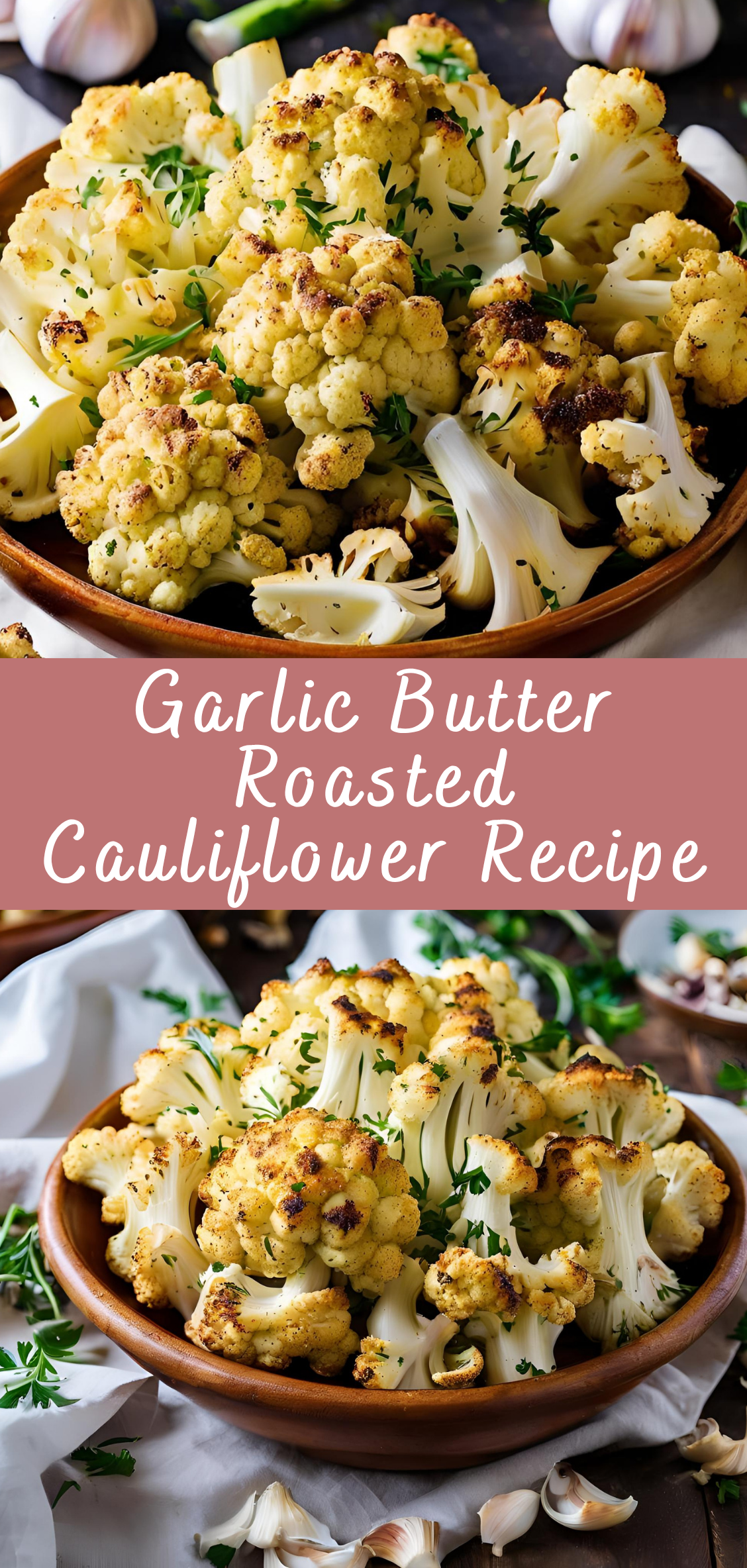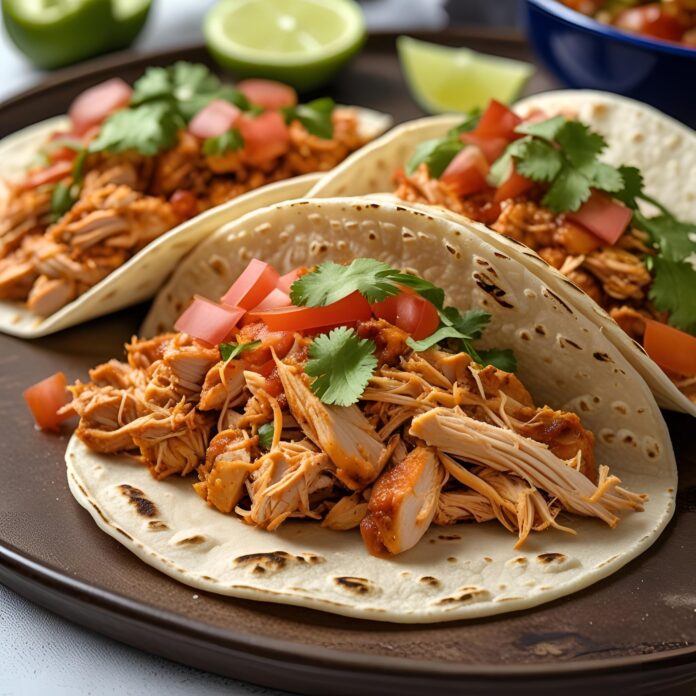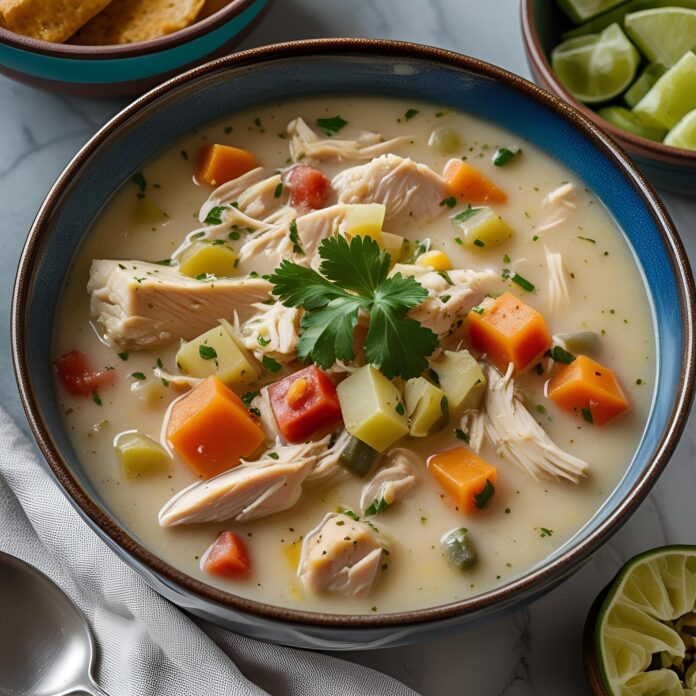Garlic Butter Roasted Cauliflower Recipe
In the ever-evolving world of plant-based and vegetable-forward cuisine, few ingredients have experienced a culinary renaissance quite like cauliflower. Once relegated to the sidelines as a bland, boiled side dish, cauliflower is now celebrated for its versatility, texture, and its almost magical ability to absorb flavor. And when it comes to transforming this humble crucifer into a showstopping centerpiece or an irresistible side, few preparations are as effective—or as satisfying—as Garlic Butter Roasted Cauliflower.

This dish is a masterclass in the power of simplicity. With just a handful of ingredients—cauliflower, garlic, butter, herbs, and a touch of seasoning—you can achieve a depth of flavor and a satisfying texture that rivals far more complex dishes. Roasting brings out the natural nuttiness of cauliflower, while the garlic butter bath infuses each floret with a savory, golden richness. The result is a tender yet crispy vegetable dish that’s equally at home on a holiday table or as part of a casual weeknight meal.
But make no mistake—despite its simplicity, Garlic Butter Roasted Cauliflower offers a surprising amount of nuance. The technique used to roast the cauliflower, the ratio of garlic to butter, the type of herbs selected, and even the temperature of the oven can dramatically influence the final flavor and texture. In this comprehensive guide, we’ll explore every element of the dish, offering detailed explanations, pro tips, and variations to suit every palate.
Beyond the basic recipe, we’ll also dive into the culinary science behind roasting vegetables, the health benefits of cauliflower, flavor pairing suggestions, and presentation ideas. We’ll discuss how to adapt this dish for vegan, dairy-free, or keto-friendly diets. We’ll even look at creative ways to turn it into a main course, from adding protein to incorporating it into grain bowls, pasta dishes, and more.
Whether you’re an experienced cook looking to perfect a classic, a beginner eager to master a reliable go-to recipe, or simply someone trying to make vegetables more exciting, this guide will help you achieve cauliflower perfection. Garlic Butter Roasted Cauliflower is more than a side dish—it’s a celebration of how a few thoughtfully chosen ingredients and the right technique can elevate everyday vegetables into something extraordinary.
The History and Rise of Roasted Cauliflower
Cauliflower’s journey from a forgotten side dish to a plant-based culinary superstar is both fascinating and reflective of larger shifts in how we approach food. Once considered bland, unexciting, and often overcooked to mush, cauliflower has undergone a dramatic transformation in recent decades. It has emerged as a blank canvas for chefs, home cooks, and food innovators alike—capable of replacing carbs, delivering hearty texture, and soaking up flavor like few other vegetables can.
Ancient Origins and Global Roots
Cauliflower (Brassica oleracea var. botrytis) is a member of the cruciferous vegetable family, which also includes broccoli, Brussels sprouts, cabbage, and kale. It is believed to have originated in the Mediterranean region, with its earliest cultivation dating back to around 600 B.C. in what is now modern-day Turkey and Cyprus. From there, cauliflower spread to Italy and the rest of Europe, becoming a staple in various cuisines over the centuries.
In Europe, cauliflower was prized by aristocrats and featured in elegant, butter-laden dishes. By the 18th century, French chefs were incorporating cauliflower into creamy gratins and velouté sauces. The British preferred it boiled and served with white sauce—a far cry from the deeply flavorful roasted versions we enjoy today.
Cauliflower made its way to the Americas through European colonization and slowly gained popularity as a garden vegetable. For much of the 20th century, however, it remained underutilized. It was commonly boiled or steamed, and often associated with bland diet food or overcooked casseroles.
A Culinary Renaissance
The revival of cauliflower’s culinary reputation began in earnest in the early 2000s, coinciding with the rise of plant-based diets, low-carb lifestyles, and a broader movement toward whole foods. Suddenly, chefs began to recognize cauliflower’s remarkable potential—it could be roasted, grilled, fried, riced, pureed, pickled, and even turned into pizza crust.
Roasting cauliflower, in particular, emerged as a game-changer. This technique unlocked an entirely new dimension of flavor and texture. When exposed to high heat, cauliflower’s natural sugars caramelize, creating a complex, nutty sweetness and crispy, golden-brown edges. Combined with fat—like olive oil or butter—and bold flavorings such as garlic, herbs, and spices, roasted cauliflower became anything but ordinary.
Social media and food blogs played a major role in propelling roasted cauliflower into the spotlight. Beautiful images of golden florets glistening with olive oil and dotted with fresh herbs flooded Instagram feeds and Pinterest boards. The once-humble vegetable became the star of gourmet menus and fast-casual innovations alike.
The Garlic Butter Revolution
Among the many ways to roast cauliflower, the garlic butter variation stands out for its rich, comforting flavor and universally appealing aroma. Butter adds luxurious depth, while garlic provides an assertive, savory contrast. Together, they transform simple roasted cauliflower into a dish that can compete with the most indulgent comfort foods—without losing its wholesome appeal.
What makes garlic butter roasted cauliflower especially noteworthy is its versatility. It can be served as a side dish with everything from roasted chicken to grilled fish. It can be tossed into pasta, blended into soups, or layered on top of grain bowls. It’s also a perfect candidate for weeknight dinners, holiday spreads, and meal prep alike.
Garlic Butter Roasted Cauliflower speaks to the heart of modern cooking: bold flavor, ease of preparation, flexibility, and nutrition. It offers a nostalgic nod to buttery vegetable dishes of the past, while embracing the sophisticated simplicity that defines today’s best food.
Ingredients and Preparation Techniques: Building Flavor with Simple Elements
The beauty of Garlic Butter Roasted Cauliflower lies in its simplicity—few ingredients, minimal tools, and a straightforward technique. But like all great dishes, success comes down to quality, proportion, and execution. In this section, we’ll take a closer look at the ingredients that make this dish shine and how to prepare them properly for optimal results.
1. The Star: Cauliflower
Choosing the Right Head
Start with a fresh, firm head of cauliflower. Here’s what to look for:
-
Tight, compact florets with no browning or softness.
-
A creamy white (or colored, if using varieties like purple or orange) appearance.
-
Green, crisp leaves at the base (a good sign of freshness).
-
No strong or sulfurous odor—fresh cauliflower has only a mild, clean scent.
Size and Yield
One medium head of cauliflower yields about 5–6 cups of florets, which serves 4–6 people as a side dish. For larger servings or leftovers, you may wish to roast two heads at once, using two trays to avoid overcrowding.
Cutting Techniques
Proper cutting ensures even roasting. Here’s how to break down the cauliflower:
-
Remove outer leaves and trim the stem flat so the head sits upright.
-
Cut the cauliflower into quarters through the core.
-
Slice out the thick inner stem, then break or cut the quarters into even-sized florets (about 1½ inches each).
-
Optional: Save smaller bits and stems to roast alongside florets or use them for soup.
Pro Tip: Don’t cut florets too small—they’ll overcook or burn before they caramelize.
2. Garlic: Bold, Aromatic Backbone
Garlic is central to the flavor of this dish—but how you use it matters.
Fresh Garlic: The Gold Standard
Use fresh garlic cloves, not pre-minced garlic in a jar. Fresh cloves have:
-
A sharper, more vibrant flavor.
-
Better aroma and texture during roasting.
-
The ability to sweeten and mellow when roasted gently in butter.
Use 4–6 cloves, finely minced or crushed. For a bolder punch, increase to 8 cloves.
Roasting Considerations
-
Avoid burning: Garlic can become bitter if roasted at high heat for too long. To prevent this, mix it with the butter and add it after the cauliflower has been roasting for a few minutes, or finely slice it and tuck it between florets where it won’t be directly exposed to the hottest parts of the oven.
-
Alternative method: Roast whole garlic cloves alongside the cauliflower, then mash and mix them in after roasting for a sweet, mellow twist.
3. Butter: Richness, Browning, and Flavor
Butter Selection
Use unsalted butter for better control over seasoning. Choose high-quality butter if possible—it has a cleaner, richer flavor, especially noticeable in simple recipes like this one.
You’ll need 3 to 4 tablespoons of melted butter for one head of cauliflower.
Clarified or Brown Butter Options
-
Clarified Butter (Ghee): Adds nuttiness and tolerates high heat better. Great for Indian- or Middle Eastern-inspired versions.
-
Brown Butter: Toasting butter until the milk solids caramelize gives an extra layer of deep, nutty flavor. Swirl your butter in a pan over medium heat until it turns golden brown, then mix with garlic before tossing with cauliflower.
4. Olive Oil (Optional but Useful)
Combining olive oil with butter can prevent scorching and add another layer of flavor. Use 1–2 tablespoons of extra virgin olive oil along with butter for a balanced fat mix.
5. Seasoning and Enhancements
Essential Seasonings
-
Salt: Use kosher salt or sea salt to season the cauliflower evenly.
-
Black Pepper: Freshly ground pepper adds subtle heat and sharpness.
-
Paprika (optional): For color and mild warmth—use smoked paprika for a deeper, barbecue-like flavor.
Optional Add-Ins
To add complexity, consider these flavor boosters:
-
Parmesan Cheese: Grate over hot cauliflower after roasting for a savory, salty finish.
-
Lemon Zest or Juice: Brightens and balances the richness of the butter.
-
Fresh Herbs: Chopped parsley, thyme, rosemary, or chives added post-roast elevate freshness.
-
Chili Flakes: Add heat and visual appeal.
6. Tools You’ll Need
Minimal equipment is required, but a few quality tools improve the result:
-
Sharp Chef’s Knife: For precise, easy cauliflower cutting.
-
Large Mixing Bowl: To toss florets with garlic butter evenly.
-
Rimmed Baking Sheet: Preferably lined with parchment or foil for easy cleanup.
-
Spatula or Tongs: For flipping and serving.
-
Microplane: If you add lemon zest or Parmesan.
7. Prepping for Success
A few key tips to ensure your garlic butter cauliflower roasts perfectly:
-
Dry the Cauliflower Well: Moisture prevents browning. After washing, pat florets completely dry.
-
Even Sizing: Keeps roasting times consistent.
-
Don’t Overcrowd the Pan: Use a large sheet tray and space out the florets to allow air circulation.
-
Preheat the Oven Fully: 425°F (220°C) is ideal for caramelization.
Garlic Butter Roasted Cauliflower Recipe
In the ever-evolving world of plant-based and vegetable-forward cuisine, few ingredients have experienced a culinary renaissance quite like cauliflower. Once relegated to the sidelines as a bland, boiled side dish, cauliflower is now celebrated for its versatility, texture, and its almost magical ability to absorb flavor. And when it comes to transforming this humble crucifer into a showstopping centerpiece or an irresistible side, few preparations are as effective—or as satisfying—as Garlic Butter Roasted Cauliflower.
Ingredients
- 1 large head of cauliflower, cut into florets
- 3 tablespoons unsalted butter, melted
- 2 tablespoons olive oil
- 4 garlic cloves, minced (or more to taste)
- ½ teaspoon salt (adjust to taste)
- ¼ teaspoon black pepper
- ½ teaspoon paprika (optional, for color and flavor)
- 2 tablespoons chopped fresh parsley (optional)
- 2 tablespoons grated Parmesan cheese (optional)
Instructions
- Preheat Oven:
Preheat your oven to 425°F (220°C). Line a baking sheet with parchment paper or foil. - Prepare the Cauliflower:
Cut cauliflower into even-sized florets for even roasting.
In a large bowl, toss cauliflower with melted butter, olive oil, minced garlic, salt, pepper, and paprika (if using). - Roast:
Spread cauliflower on the prepared baking sheet in a single layer.
Roast for 25–30 minutes, flipping halfway through, until golden brown and tender. - Garnish and Serve:
Remove from the oven and immediately sprinkle with chopped parsley and Parmesan (if using).
Serve warm as a side dish or over grains, salads, or pasta.
Notes
- Crispier Texture: Broil for an additional 1–2 minutes at the end for extra crispiness.
- Make it Vegan: Use plant-based butter or just olive oil.
- Add Heat: Add a pinch of red pepper flakes or cayenne for a spicy kick.
- Flavor Boost: Squeeze a little lemon juice over the roasted cauliflower just before serving for brightness.



